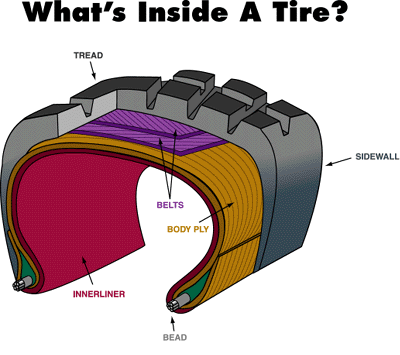Graylands Phase 4 no H17 Athi-River, Mavoko -90100 Machakos
+254 790 02 02 42
X
Retreading means replacing a Tyre’s worn tread with a new tread. It is perfect for fleets that want to cut their operating costs and environmental footprint. Tyre retreading precure and hot molding for truck and passenger tires in addition to OTR.

Retreads are quite safe and are being used in all kinds of vehicles nowadays. May it be taxis or trucks, school buses or military vehicles, retreading is being used in all of them.
What is Retreading?
A retreaded tyre commences its life as a worn-out tyre. There is a need for retreading when you find out that the tread is down to 2-3 mm or if it has been re-grooved earlier, or if your tyre has punctures and needs a repair. In these cases, you need to take your tyre to an experienced technician who will check and inspect the tyre to see whether it is in a condition to get retreaded. If the expert finds it alright, then you can go for a retreading of your tyre.

Retreading is a process through which we can use your worn out tread tyre casings. In this method, a worn tread of a tire casing that has a good structural quality is taken off from service and put through a process in which it gets a completely renewed tread and sidewall rubber.

Worn TREAD of a tire is taken off and put through a process in which it gets a completely renewed TREAD and SIDEWALL rubber.
After that, the revamped Tyre is taken forward for a curing process in which the new rubber is vulcanized to the original casing and hence, the Tyre gets a newly made tread pattern.
Over the years, a lot of development has taken place in the tyre manufacturing industry across the world. High standard Tyres are being manufactured using premium technologies, so that they can perform flawlessly not only in their ‘first life’, but also in their second and even sometimes third life. So, along with that, the retreaded tyre industry is also growing, as stronger tyre casings, enhanced re-manufacturing techniques and high-quality rubber compounds are being used.

One of the retreading technics is hot capping / molding system.

The retread process is not responsible for spreading large chunks of rubber on the roads and highways. According to recent studies, it happens due to abuses like tyre failure, caused by road hazards, tyre blasts and overloading to both new tyres and retread ones.
